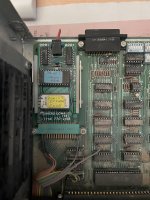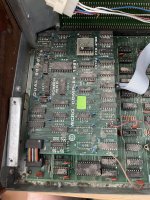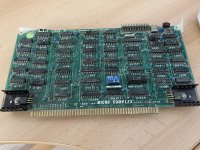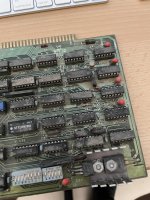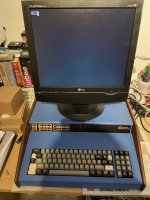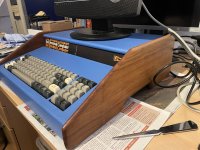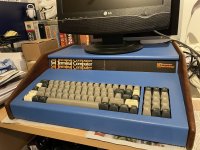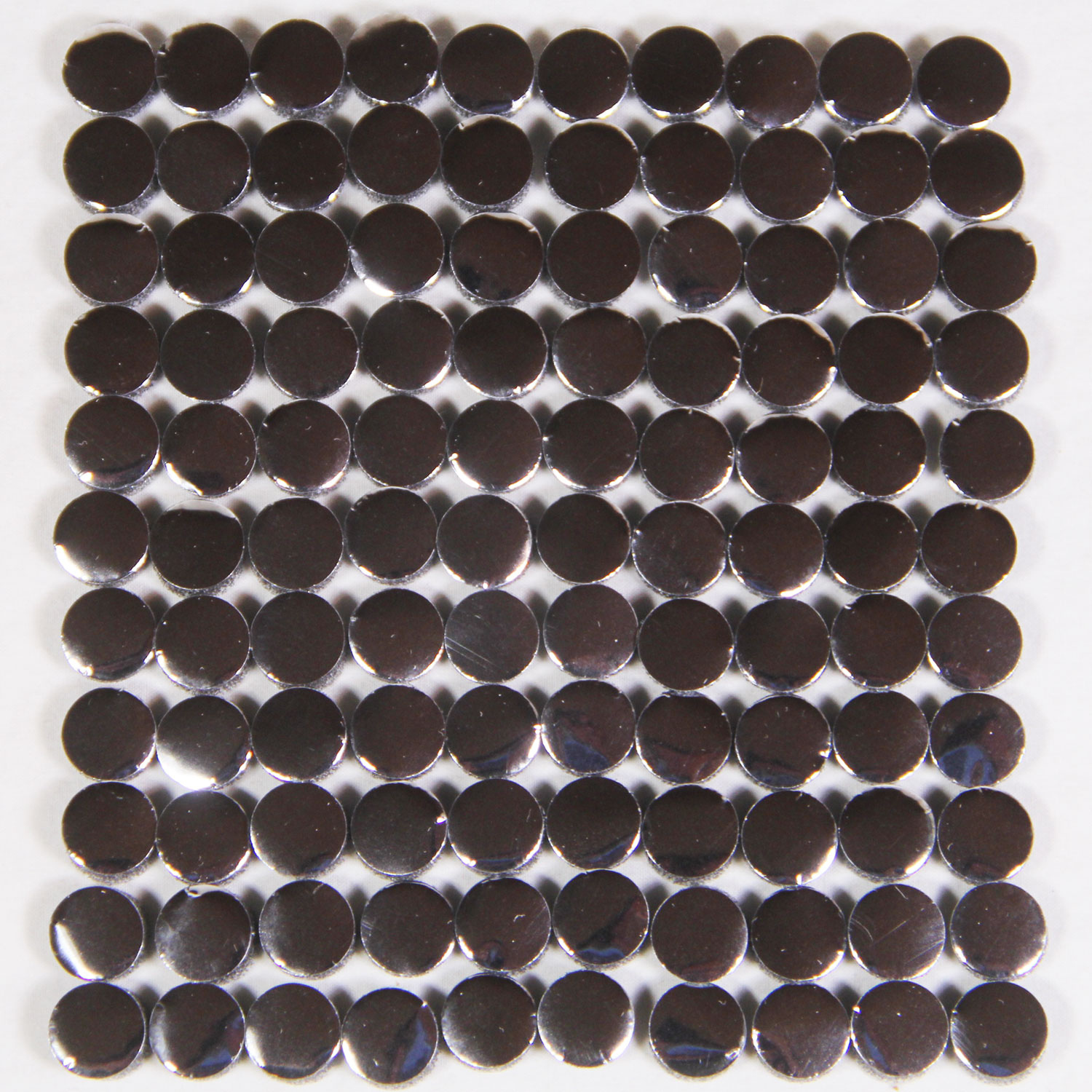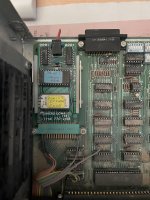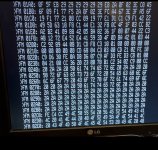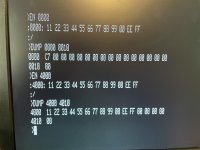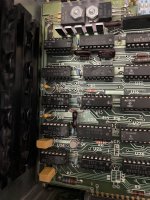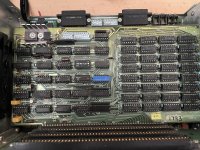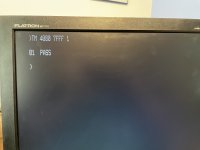Hi,
I'm trying to figure out how the SOL-20 works, because I'm going to have access to a SOL-20 equipped with a third-party personality module: the Micro Complex DUAL PERSONALITY MODULE. I don't know if it's working yet, so I'd like to learn a little more about how the machine works so I can figure out what's going on
- If I understand correctly, the Micro Complex module moves the OS to memory location 0F000H. But I can't find out which memory location the OS is normally in. How can I know if the normal mode or the new memory location mode is activated?
- The module has a switch, which apparently allows you to switch from one rom to another, and/or from one memory address (original or moved) to another. If I understand correctly, there are two copies of the same OS in each EPROM by default, and all you do is change the memory address with the switch. Is this correct?
- Apparently, there's also a Microcomplex floppy control in the machine, and a ram card. So I think it's been modified to run software from the floppy. Unfortunately, there's no floppy drive. I was thinking of loading software via the cassette adapter at first, but I read that the Micro complexe personality module no longer had the commands for the cassette. This leaves the option of loading software via the serial port from a computer, but my question is: with the changes made to the memory addresses and this Micro complex module, is this still possible?
Thanks for your help.
I'm trying to figure out how the SOL-20 works, because I'm going to have access to a SOL-20 equipped with a third-party personality module: the Micro Complex DUAL PERSONALITY MODULE. I don't know if it's working yet, so I'd like to learn a little more about how the machine works so I can figure out what's going on
- If I understand correctly, the Micro Complex module moves the OS to memory location 0F000H. But I can't find out which memory location the OS is normally in. How can I know if the normal mode or the new memory location mode is activated?
- The module has a switch, which apparently allows you to switch from one rom to another, and/or from one memory address (original or moved) to another. If I understand correctly, there are two copies of the same OS in each EPROM by default, and all you do is change the memory address with the switch. Is this correct?
- Apparently, there's also a Microcomplex floppy control in the machine, and a ram card. So I think it's been modified to run software from the floppy. Unfortunately, there's no floppy drive. I was thinking of loading software via the cassette adapter at first, but I read that the Micro complexe personality module no longer had the commands for the cassette. This leaves the option of loading software via the serial port from a computer, but my question is: with the changes made to the memory addresses and this Micro complex module, is this still possible?
Thanks for your help.


